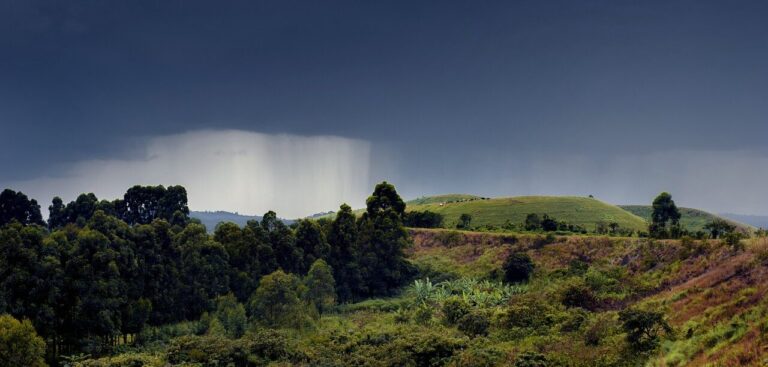The World Meteorological Organization (WMO) has shared a set of guidelines for satellite-based nowcasting in Africa. Satellite-based nowcasting uses near-real-time satellite images to provide severe weather warnings at short notice.
Guidelines for Satellite-based Nowcasting in Africa draws on work carried out by the African SWIFT program led by the UK’s National Centre for Atmospheric Science (NCAS), in addition to experiences from African weather researchers.
As part of African SWIFT, NCAS worked in collaboration with African weather services to bring about a step change in African weather forecasting – leaving a legacy that could be carried forward by new nowcasting technologies such as the FASTA app.
Doug Parker, professor of meteorology at NCAS and the University of Leeds, said, “The African SWIFT project was successful in demonstrating the skill and value of satellite nowcasting right across tropical Africa, by focusing on four countries: Senegal, Ghana, Nigeria and Kenya.
“The new WMO guidelines provide a roadmap for expanding the use of nowcasting right across the continent. The report makes use of a number of African SWIFT outcomes, including the standard operating procedures we developed to help forecasters turn advanced scientific data into hazard warnings for their communities.”
The report authors have put together specific recommendations to help African weather service providers implement satellite nowcasting, as well as recommendations to develop the sustainability of weather services over time. They include different technical, operational, logistical and management considerations that can be used to create templates or roadmaps to use nowcasting in African countries.



